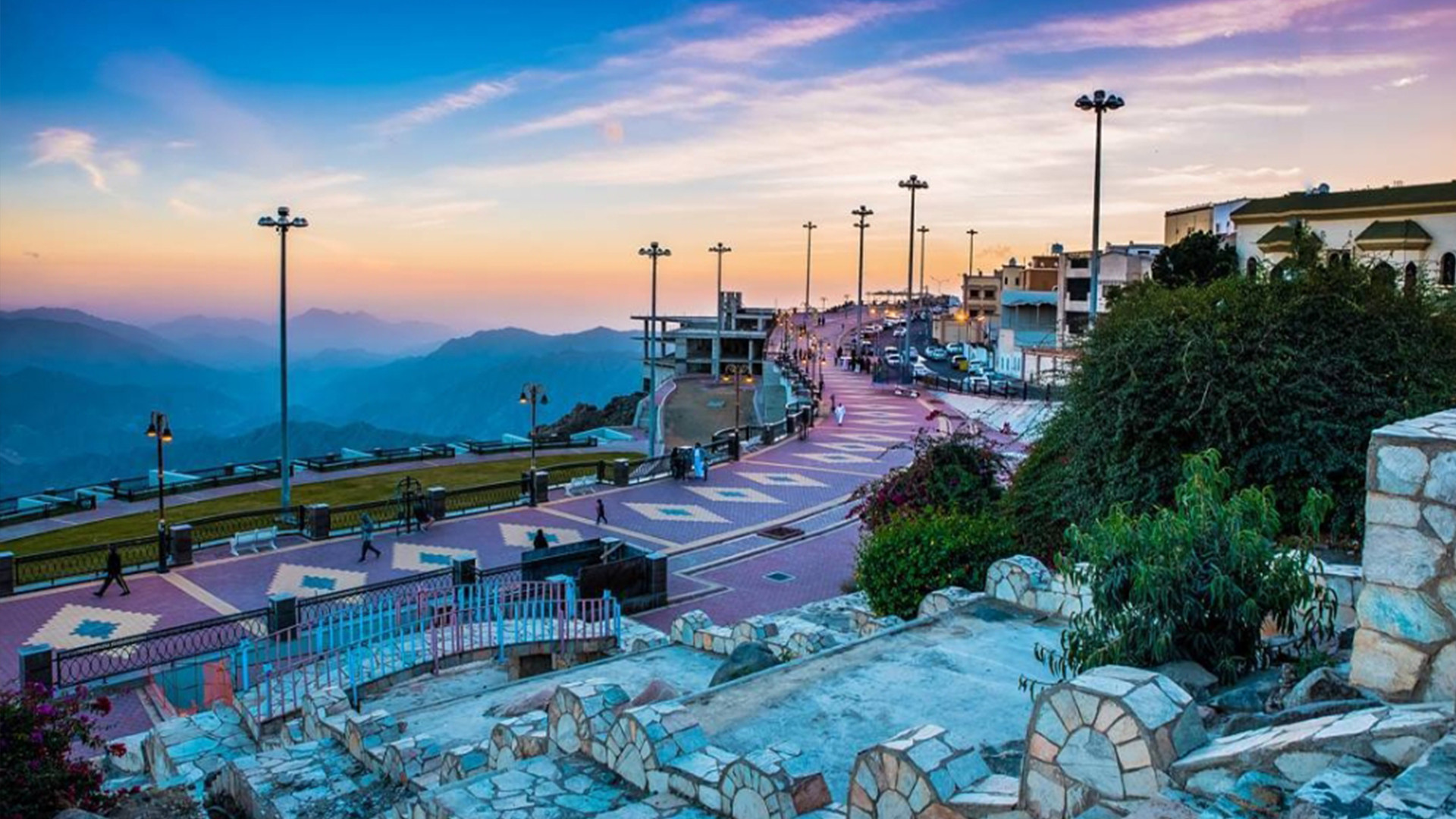

Close

Urban planning refers to the process of designing and regulating the use of land, infrastructure, and resources to create functional, sustainable, and aesthetically pleasing cities and towns. This practice aims to manage urban growth and development, ensuring that communities have adequate housing, transportation, utilities, and green spaces while addressing social, environmental, and economic challenges.
...
Urban planning typically includes the following aspects:
- Zoning Regulations: Defining land use categories (residential, commercial, industrial, etc.) to ensure organized development.
- Infrastructure Development: Planning for transportation networks, water supply, waste management, and energy systems.
- Public Spaces: Designing parks, plazas, and recreational areas that promote community interaction and well-being.
- Environmental Considerations: Incorporating sustainability principles by promoting renewable energy, reducing pollution, and protecting natural resources.
- Urban Mobility: Designing transportation systems like roads, public transit, pedestrian walkways, and bike paths to promote accessibility and reduce traffic congestion.
- Housing and Community Development: Ensuring that housing is available and affordable for different demographics, and fostering vibrant, inclusive neighborhoods.
In Saudi Arabia, urban planning has seen significant updates in recent years, particularly under Vision 2030, with a focus on sustainability, smart cities, and improving the quality of life. For example, cities like Riyadh are undergoing major transformations with projects like the Riyadh Metro and green city initiatives to create more pedestrian-friendly environments.